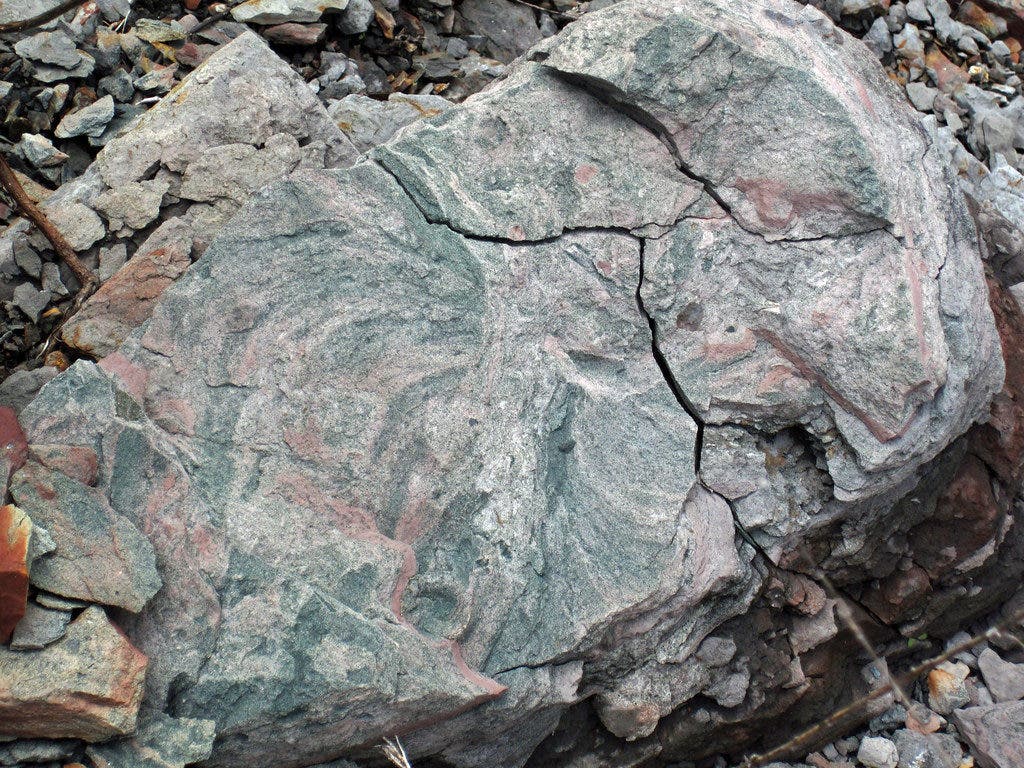Glauconite is a mineral in the mica group — a sheet-like, silicate mineral with that weathers quickly. It’s already occasionally used in agriculture, but these researchers think we should use it even more.

Glauconite is essentially a type of clay that’s been used as a pigment since the Middle Ages, and to a lesser extent, since the Roman times. Glauconite has raised interest from people working in agriculture due to its high content of potassium — one of the three main nutrients for crops (along with nitrogen and phosphorous). However, unlike most potassium fertilizers, glauconite doesn’t contain any chlorine or sulfate, which can negatively affect the soil.
However, the improvement in yield that glauconite can offer has not been thoroughly assessed. In a new study, a team of researchers compared the effects of the mineral compared to conventional fertilizers. Glauconite rock was found to increase wheat yield by about 20%, compared to 22% for potassium sulfate, a traditional fertilizer. The glauconite was used in its raw form, without any form of processing.
Furthermore, researchers found two more advantages provided by glauconite: for one, it only eliminated a quarter of its potassium, whereas the commercial fertilizer was completely depleted. This means that the beneficial effects of mineral fertilizing would carry on from one season to the other. Secondly, since glauconite is so absorptive, it can also help regulate soil water uptake.
‘This means that after harvest glauconite will keep having a positive effect on yields during the next two or three seasons. We continue to monitor carefully the condition of the soil during and after the experiment. Here we notice a positive effect of glauconite on its properties. Being natural sorbent, glauconite helps to retain moisture in the soil, which is very important for arid regions,’ says Maxim Rudmin, a co-author of the study, and an Associate Professor of TPU Division of Applied Geology.
However, the problem of availability still remains. While some areas have rich glauconite reserves, others aren’t so fortunate, and transport might add extra costs into the mix. Nevertheless, where such resources do exist, they should be exploited and used in agriculture, researchers conclude.
‘Glauconite rocks are associated rocks, actually, future mining wastes, and their reserves are tremendous. The Bakchar iron ore deposit is one of the largest deposits in Russia and the world but it has not developed yet. In our opinion, the search for additional arguments to begin its development is very important,’ concludes Rudmin.
Journal Reference: An investigation of plant growth by the addition of glauconitic fertilizer. Maxim Rudmin et al. Applied Clay Science. DOI: 10.1016/j.clay.2019.105178






